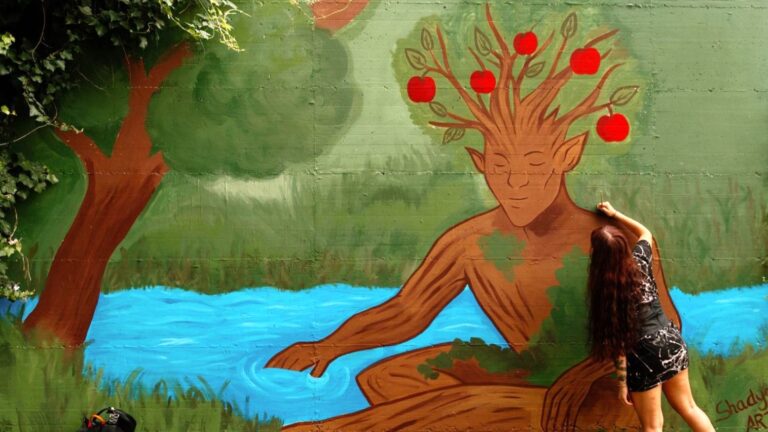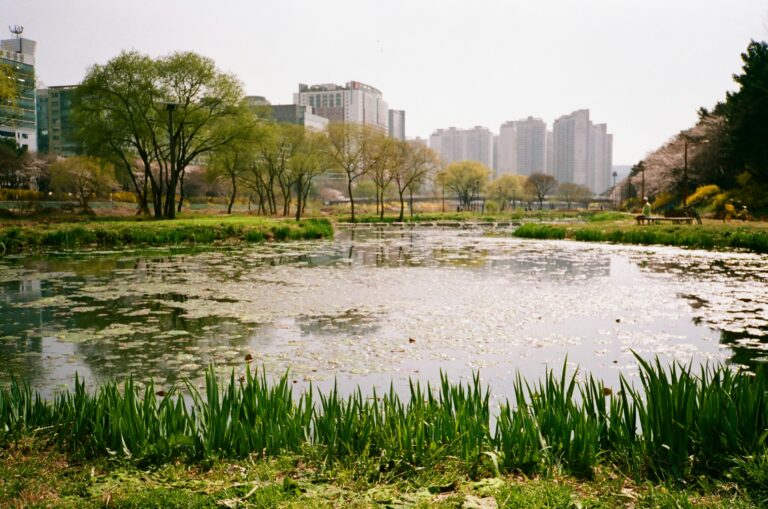Rainwater utilization as a key to enhancing urban resilience by Sumida City, Japan
As the impacts of climate change become increasingly apparent, concerns over the rising risks of urban flooding and water scarcity are growing. In Japan, in particular, damage caused by typhoons and heavy rainfall has become more severe, making integrated watershed management and the efficient use of water resources urgent priorities.
Rainwater harvesting has garnered attention as a solution capable of simultaneously reducing flood risks, optimizing water resource utilization, and improving urban environments. This paper examines the case of Sumida City in Tokyo, exploring its technical initiatives for the storage and use of rainwater, associated challenges, and prospects.
Historical Background of Rainwater Utilization by Sumida City
Sumida City, located in the zero-meter elevation zone of eastern Tokyo, has long faced risks of flooding and storm surges. On the other hand, the traditions, hndcrafts, and arts nurtured by water continue to thrive, alongside numerous historical landmarks and cultural sites.
In recent years, urbanization has increased impermeable surfaces, disrupted the natural water cycle and exacerbated flood risks.
Sumida City began the storage and use of rainwater in 1982 with the construction of the Ryogoku Kokugikan, expanding to include the installation of rainwater storage tanks in government buildings and private residences. These systems are used for fire-fighting water and dayly life. In 2009, Sumida City declared itself an “Environmental District,” making rainwater utilization a central pillar of its environmental policies.

Rethinking Urban Water: Insights and Challenges from Sumida City
Sumida City has progressively implemented rainwater utilization technologies. In the initial phase, rainwater storage tanks were installed to support disaster prevention and mitigate Urban Heat Island Effect. Subsequently, efforts have expanded to include the development of rain gardens and green spaces, which facilitate groundwater infiltration and restore the natural urban water cycle.
The results of these technical initiatives were highlighted at the the 14th Rainwater Network Japan 2024, demonstrating the following outcomes:
- Annual Rainwater Utilization: Over 10,000 m³ of rainwater utilized across the ward.
- Flood Risk Mitigation: Peak runoff reduced by approximately 15%.
- Urban Environment Improvement: Increased green space contributed to measurable cooling effects on average temperatures.
Sumida City’s initiatives have been recognized with the “the International Municipal Environment Award” in 2000 and have attracted attention both domestically and internationally.
However, several challenges remain in promoting the widespread adoption of rainwater utilization. First, the costs and technical expertise required for equipment maintenance are not sufficiently secured. Second, low awareness among residents and businesses hinders broader adoption. Additionally, huge demand due to large urban development and population increase present a long-term concern.
To address these challenges, the following solutions are proposed:
- Expanded Economic Support: Strengthening subsidies and tax incentives provided by local governments.
- Promotion of Public Awareness: Enhancing community participation through workshops and integrating rainwater education into school curricula.
- Provision of Technical Support: Advancing the development and dissemination of new technologies in collaboration with universities and research institutions.
- Integration into Urban Planning: Strengthening policy frameworks to incorporate rainwater management into urban design.
Insights from Sumida City and Future prospects
Sumida Ward’s rainwater utilization efforts have contributed to urban environmental improvement and climate change adaptation, but further actions are needed to enhance sustainability. In particular, research and policies in the following areas are expected to play a crucial role:
- Development and dissemination of efficient rainwater storage systems.
- Research aimed at improving social acceptance of rainwater utilization.
- Economic evaluation of rainwater utilization (e.g., alternative methods and conjoint analysis).
Above all, it is crucial to deliver and pass down the legacy of living in harmony with rivers and water, cherished by previous generations, to the next generation. By advancing these initiatives, Sumida Ward’s model will serve as a valuable reference for other municipalities, contributing to realize more sustainable and resilient cities.








